The content of the article
Pellets encourage many housewives to send their favorite clothes into the compartment for home wardrobe items. This is not surprising, since the thing loses its former attractiveness, looks old and groomed. To fix the situation, all kinds of home appliances come to the rescue. These include a razor, comb, comb, scotch, scissors, a toothbrush, and even breadcrumbs. Consider each technology in order, highlight the main thing.
Why do spools appear on clothes
- External factors. Friction causes excessive rolling. As a rule, clothes deteriorate in places where your favorite product comes into contact with other coarse material. Belts of bags or a backpack, a belt for trousers, a jacket over a sweater - all this is a consequence of the appearance of spools. At risk are things consisting of woolen or synthetic threads, as well as large pile.
- Washing powder. Not for nothing that washing machines are equipped with modes that help preserve the original appearance of the product (hand or delicate washing program). In addition to this, it is also important to consider the type of detergent that is used for washing. Each product requires directed powder (wool washing gel, detergent for processing synthetics, cotton, etc.). An improperly selected composition contributes to the coarsening of the tissue, spools appear on it.
- Features of the material. Each wardrobe item can be made of natural or synthetic fabric. Everyone knows such material names as flannel, fleece, silk, polyester, knitwear, chintz, cotton and others. Regardless of the type of fabric (natural or artificial), the product may undergo spools. Some materials themselves assume rolling due to the characteristics of the fibers, so a similar feature is inevitable. Depending on the operating conditions, the problem will occur after a certain period.
- Improper care. Many people do not think about the fact that clothing must be properly looked after. Even despite the carelessness, each manufacturer affixes a label with recommendations for care. This includes the rules for washing, drying and ironing. If you do not follow the tips, spools on clothes appear much earlier. Although with proper care they could be avoided.
How to clean clothes from spools
Experienced housewives, through trial and error, have come up with effective methods that help get rid of rolling on their own.
Method number 1. Shaver
- The most popular and safest option for removing pellets is considered to be a razor. It is important to choose a sharp (new) machine, rather than an already used accessory.
- The option is effective, but requires patience and attention to detail. Otherwise, you risk damaging the fibers. The razor should be used on knitwear or cotton.
- To begin manipulation, spread clothing on a flat surface. Ask a friend to stretch it, fixing it in this position. It is important to exclude any hint of wrinkles.
- Take a sharp blade machine without a strip of gel. Start processing from the back, move from top to bottom. To increase efficiency, do not tear the machine from the material, move it up and down in short smooth jerks.
- When the spools are collected between the blades, clean them. Go to the front side, then process the seams. This should be given special attention. Do not drive the blade directly along the bend itself, otherwise the fibers will erupt.
- They use the machine in cases where it is necessary to clean gloves, mittens, scarves, hats, as well as any other small-sized wardrobe items. The most daring housewives remove the spools from sweaters and pants.
- An important aspect is that products with a long pile can not be processed with a razor. You should also be careful with woolen things knitted from a thick thread.
Method number 2. Scissors
- The technique is suitable for removing large pellets. The whole process is carried out by means of manicure scissors with thin blades. Be careful not to take puffs.
- Lay the item on a flat surface, point the daylight at the product, or perform manipulations in sunlight. Keep the scissors parallel to the clothes, gently cut the spools.
- Start the haircut from the back, gradually moving to the front. Seams, sleeves, a mouth and other small elements are last processed.
- The option is designed for wardrobe items with a complex texture, a bulging pattern of threads, sequins, and other decor elements.
- Professional tailors use masking tape to remove spools of clothing. The method is easy, but ineffective. However, one replaces the other.
- The procedure is carried out in several stages. First you need to decompose the thing and fix it tightly. After that, pieces of wide adhesive tape are cut off (the length of each segment is 5-10 cm).
- After preparation, stick a strip of adhesive tape to the area with the spools, squeeze well and pull sharply. Thus, you will tear off all neoplasms, including remove dust and dirt. If necessary, the manipulations are repeated several times in one zone.
- Adhesive tape will not remove large spools, but will cope with small ones quickly. Scotch tape is used to clean coats, fine knit sweaters, jackets, hats, scarves.
- An analogue is a special roller for clothes that has a handle. The tool is sold in hardware stores and supermarkets. It is worth explaining that the effectiveness of the video is 15–20% lower.
Method number 4. Tooth brush
- The option is suitable for removal with a spool on clothes with a long pile (angora, mohair, etc.). Choose a toothbrush with soft bristles, clean the tool and scald with boiling water, dry.
- Point the brush along the fabric fibers, otherwise the product will be irreparably damaged. Comb the wardrobe item several times “in rows” until you achieve the complete disappearance of the spools.
- After combing and removing lumps, prepare a solution for soaking. Mix 3 liters. water with 70 ml. vinegar (6%), send the product to the basin.
- Rinse the item, place it on terry towels to dry. Keep clothes away from radiators and direct sunlight. After drying, comb with a clothes brush.
Method number 5. Spool Remover
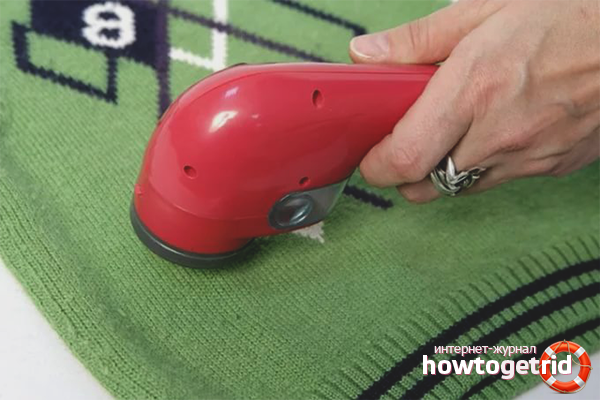
- Today, there are many devices and tools for caring for clothes. One of the popular devices is a spool remover.
- The unit is a small box that has a compartment with blades protected by a grill.
- The principle of operation is simple: when driving on the surface of the clothes, the spools fall into the holes and are cut off. Then they are transferred to a special compartment for "garbage".
- There are cars running on batteries and battery. The second option is more expensive (about 1000 rubles). The device of the first type can be bought for 150-250 rubles.
- The machine is suitable for cleaning wool, knitwear, including items from mohair and angora.
- In the device, you can set the height of the blades. Due to this, when cutting lumps, decorative elements are not damaged.
Other ways to remove spools
- Sandpaper. If the spools appear on lint-free clothing, clean the surface with zero sandpaper. You simultaneously comb the product and cut off small neoplasms.
- Breadcrumbs. Take a sliced loaf or a piece of bread, dry in the oven. Lay the item on a flat surface, rub the surface of the clothes. If the cracker is strong, it will cut the spools without damaging the fabric.
- Chewing gum. No matter how strange it sounds, but you need to chew gum. After that, a wet object evenly rolls on the surface of the clothes, collecting spools. Plasticine acts in a similar way.
Consider removing the spools using a razor, a special directional machine, a toothbrush, scissors, breadcrumbs, sandpaper, chewing gum. Follow the step by step instructions.
Video: how to remove spools from clothes

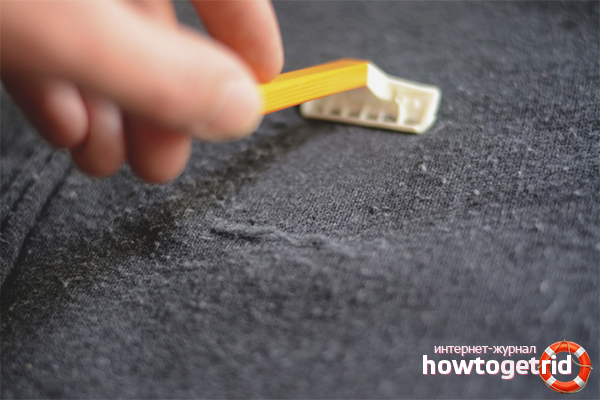
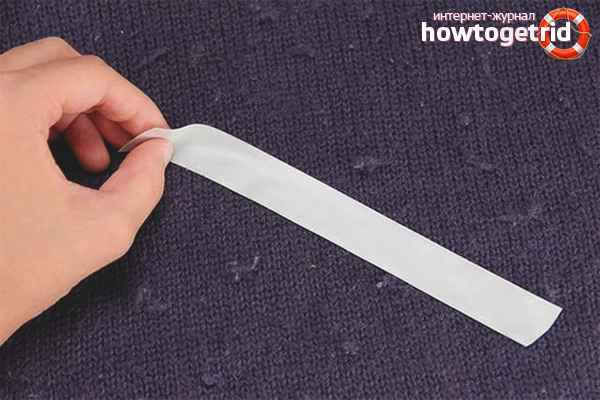



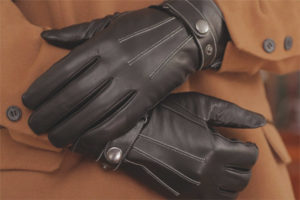

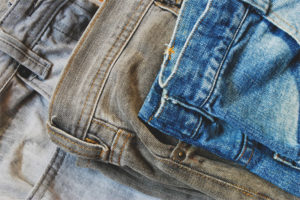
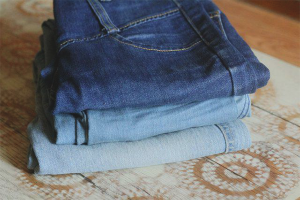

Submit